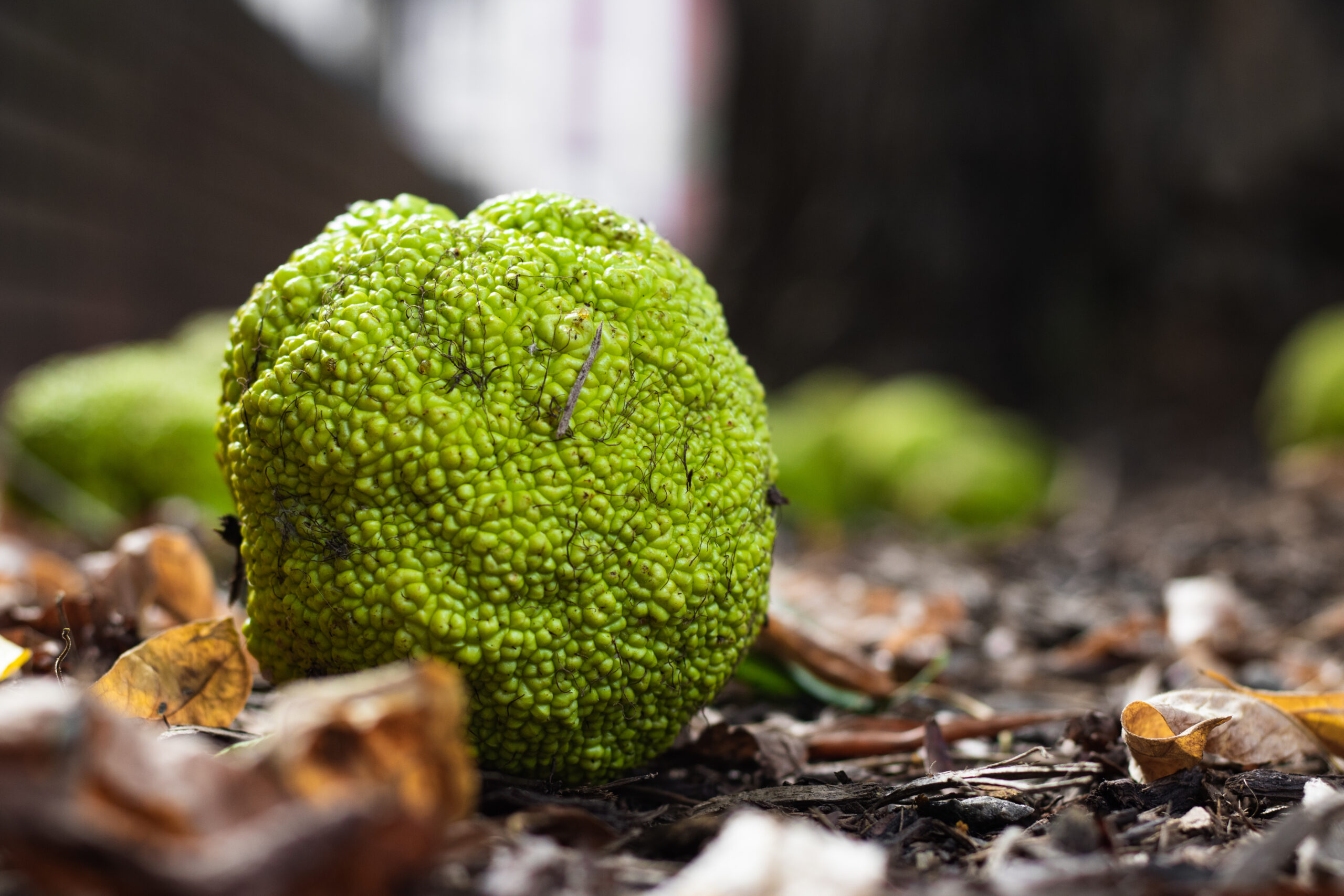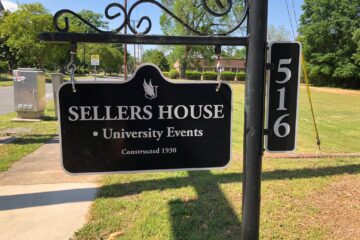Generations of Winthrop students have been mystified by the softball-sized green spheres littering the ground outside of Joynes Hall.
The Maclura pomifera tree, also known as the Osage orange, is native to the United States. It is often planted in rows along a boundary, creating a sort of fence with its dense trunk.
Maclura pomifera trees have a lifespan of over a century. Therefore, it can be inferred that the pseudo-fence around Joynes Hall was planted during Winthrop’s infancy. Pictures from the Louise Pettus Archives confirm this, as there are photos of Joynes and Maclura pomifera from the early 20th century.
Maclura pomifera trees historically were used by various indigenous American tribes to make wooden bows and clubs. Because of this, many botanists call Maclura pomifera “bowwood.” This is also why a common name for this tree is “Osage orange” — the Osage tribe was one of the indigenous groups that primarily used this wood.
Another historical use of this tree was by the Work Progress Administration (WPA) during the implementation of Franklin Roosevelt’s New Deal. The WPA’s goal was to use the roots of Maclura pomifera to prevent soil erosion. Thousands of these trees were planted in clusters around the United States during the 1930s and 1940s in order to stop habitable soil from eroding during precipitation.
The softball-sized orbs found under Osage orange trees are their fruits. Another common name for the Osage oranges is “hedge apples” due to the nature of using these trees as hedgerows. The fruit itself can grow up to five inches in diameter and up to three pounds. Their misshapen appearance is caused by the fact that these are not singular fruits. Rather, each “fruit” is a cluster of hundreds of smaller fruits.
While they are not toxic, it is not recommended that humans consume the fruit of Maclura pomifera, as the sap can cause skin inflammation and gastric irritation. Wildlife does not consume Osage oranges until the seeds — the only truly edible part of the fruit — are exposed.
While modern humans and animals alike do not consume Osage oranges, botanists and paleontologists have theorized that ancient megafauna regularly consumed these fruits. Migration patterns of these megafaunas, such as mastodons, indicate that they played a role in the dispersion of Maclura pomifera.
Osage oranges ripen during the late summer and early fall, making these a midterm landmark on Winthrop’s campus. When the fruit is overripe, they fall onto the ground below the trees and confound countless students.
Members of The Johnsonian staff have taken to lovingly calling Osage oranges “ground broccoli” due to their misshapen appearance. While they bear similarities to the tree–shaped vegetable, Osage oranges are not a member of the cabbage family, nor do they potentially lower the risk of cancer.
Maclura pomifera is a scientifically and historically complex tree, and Winthrop University is home to a cluster of Rock Hill’s oldest.




